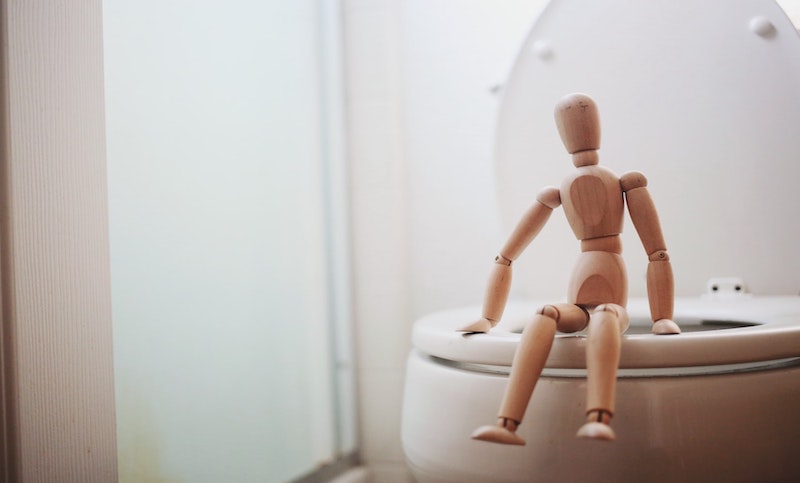
While many people are aware that incontinence is a common urological issue, most are unaware that there are different types of incontinence.
Let’s take a closer look at stress incontinence, and it’s various potential treatments.
What is stress incontinence?
Stress urinary incontinence is an involuntary leakage of urine which occurs when physical movements such as coughing, laughing, sneezing, exercising or lifting heavy objects puts stress or bladder on the bladder.
It is common for stress incontinence to happen when the muscles and tissues that support the bladder have lost strength and become weakened. Often, childbirth can cause this, with other possible factors including physical changes correlated with age, obesity, hysterectomy and pelvic floor surgery. Other factors which might worsen stress incontinence include any illnesses that may cause chronic coughing or sneezing, as well as excessive smoking, consumption of caffeine or alcohol, high-impact activities and hormonal deficiency.
Treatments for stress incontinence
Many people will struggle emotionally and physically with stress incontinence; however, it is not something you should ever feel embarrassed to discuss with your trusted healthcare professional. In fact, it is very likely that there are a multitude of possible solutions to stress incontinence. Common treatments include:
Behavioural modifications: There are a number of behavioural therapies that can effectively assist in reducing incontinence. These include:
- pelvic floor muscle exercises
- biofeedback
- neuro-stimulation
- decreasing consumption of alcohol
- quit smoking
- reducing caffeine consumption
- lose excess weight
- schedule regular toilet trips
- treat chronic coughs quickly
Medications: There are a number of medications which can effectively treat and sometimes fully stop stress incontinence altogether. Duloxetine is a medicine that more commonly known for its use in treating depression; however, it can surprisingly help with stress incontinence. This medication works by hindering the chemicals that are used in transmitting nerve impulses to the muscles. This helps the muscles around the urethra contract much more strongly, meaning incontinence is much less likely to occur.
Non-surgical devices: Certain devices designed for women can sometimes help control stress incontinence. A vaginal pessary and urethral inserts are examples of non-surgical devices which can help.
Surgery: Surgical interventions for stress incontinence are designed to improve closure of the sphincter or alternatively, to support the bladder neck. Surgical options include:
- injectable bulking agents
- retropubic colposuspension
- inflatable artificial sphincter
- sling procedures
It is always important to talk to a trusted professional when it comes to your health. If you have any questions about vasectomies or would like to book an appointment, please feel free to contact or call Dr Arianayagam’s office on 1300 307 990, and his staff will be happy to assist.

